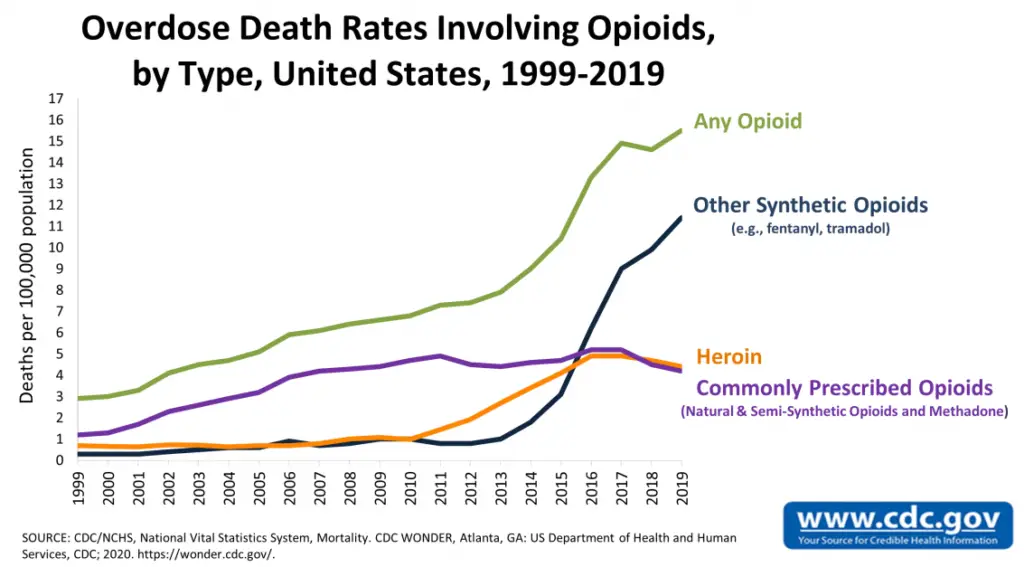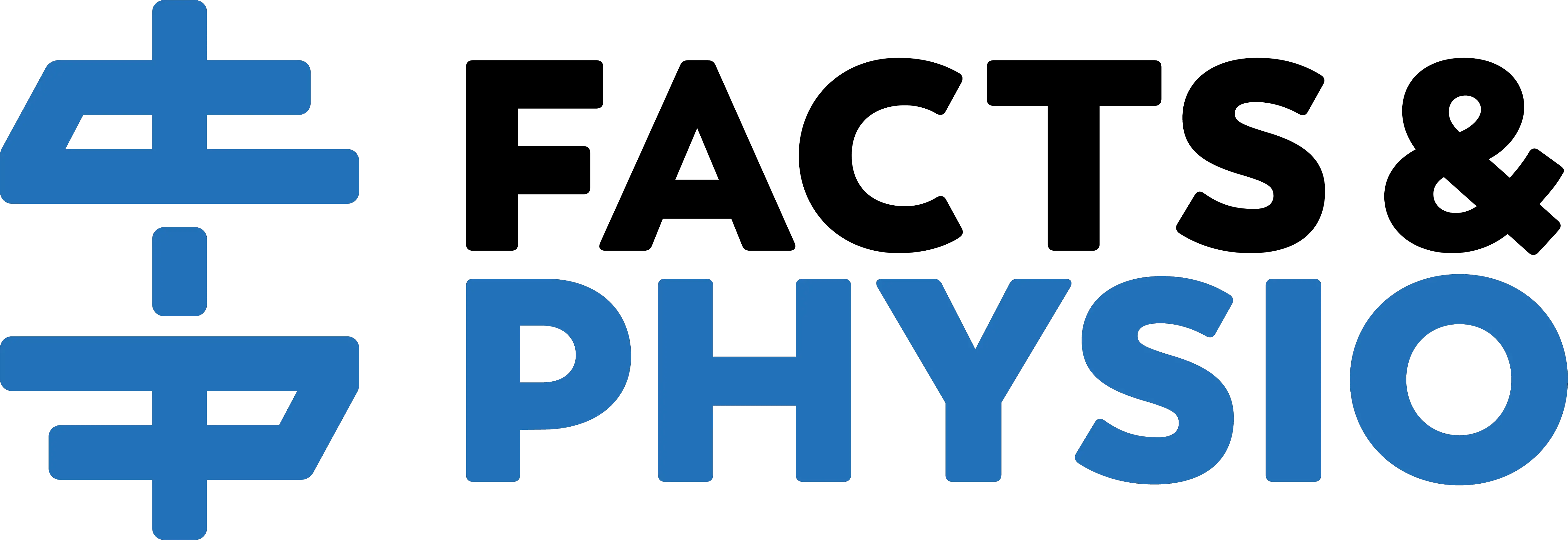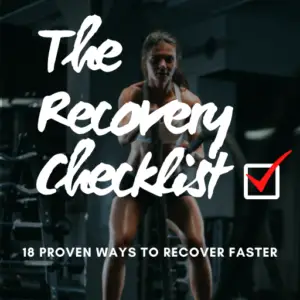Back pain has plagued humanity for centuries. Over the years, most treatments have fallen short when Most treatments fall short under scientific scrutiny.
Another popular back pain treatment was exposed this year, after scientists investigated whether NSAIDs cause chronic back pain.
But first, how has back pain treatment evolved since the dark ages?
Baby Got…Back Pain Relief?
Long ago, our ancestors relied on creative strategies to relieve back pain. One approach used flaming goat dung to relieve back pain. Evidently, back pain isn’t so bad compared to a 2nd degree burn.
Others leveraged the special powers in babies’ feet to ease sore spines.
The 90s
Fast forward to more recent times…the 1990s brought the World Wide Web, the end of the Soviet Union and the birth of yours truly. Not a bad decade.
Insurance companies paid handsomely for passive back pain treatments. Subsequently, ultrasound and electrical stimulation (e-stim) emerged as popular treatment modalities. So did heat and ice.
Unfortunately, passive treatments didn’t solve the back pain problem. So reimbursements for these modalities plummeted.
Passive treatments rank low in my physical therapy treatment rankings because their scientific support is underwhelming.
Starting a Crisis
Opioids hit mainstream healthcare in the late 1990s, fueled by assurances that they were not addictive. Obviously this is false, and many opioid promoters knew it.
Opioids were overprescribed for low back pain (and still are), even though opioids don’t ease back pain better than less addictive alternatives (Krebs 2018).
Tragically, the opioid crisis rages on, mutating as it grows.

More recently, U.S. drug overdose deaths peaked at 100,306 over a 1-year span from April 2020 to April 2021.
A Quick Fix?
Current back pain treatments promise an easy fix, with mixed results:
Surgery
Conservative treatment and surgical intervention produce similar long-term outcomes for chronic low back pain (Brox 2009).
Major spine fusions (5+ levels) limit motion, leading to stress and breakdown of other joints above and below the fusion. Surgery is considered the last resort for low back pain, even for bulging discs, pinched nerves and sciatica.
Imaging
In theory, taking high-definition spine images should reveal the source of back pain. Unfortunately, it doesn’t work like that.
“Abnormal” findings like arthritis and bulging discs show up all the time on imaging – whether the individual has pain or not. And pain doesn’t correlate well with X-Ray and MRI results.

Imaging can cause iatrogenic effects – adverse outcomes due to medical treatment. For example, getting an early MRI (within 1 month of back pain onset) leads to worse outcomes and $13,000 more in treatment costs.
Learn more about imaging and back pain: Why Bulging Discs Are No Big Deal
Injections
Steroid injections are another common low back pain treatment. The literature suggests some benefit for people with a pinched nerve in the lower back (Oliveira 2020). But the average benefit is pretty small.
The End of NSAIDs?
A few months ago, research dropped that shows NSAIDs (non-steroidal anti-inflammatory drugs) increase the likelihood of developing chronic low back pain (Parisien 2022).
NSAIDs offer solid pain relief. But the long term effects may give you pause.
So how do NSAIDs cause chronic back pain?

Acute inflammation, specifically neutrophil-activation, protects against chronic pain development. NSAIDs block this inflammation process and may cause acute pain to become chronic pain.
So What Works for Back Pain?
Back pain is a massive problem and there isn’t a one-size-fits-all solution.
There’s no magic pill. (As you’ve read, pills can make it worse). It’s not as simple as getting your back cracked into alignment (read here why that’s a myth). Nor is pain relief as easy as getting dry needled in the correct tight back muscle.
Here’s what really works:
1) Stay Active
Guidelines advocate an active approach to back pain. “Netflix and Heal” isn’t an effective strategy.
2) Nail the Basics
Many factors affect healing. Accelerate your recovery by sleeping well, eating healthy, exercising and managing stress.
3) Start PT Early
I’m always excited to work with clients with acute pain. They recover faster than those who wait months (or years) to deal with their back pain. Start PT early for best results.
What will a good PT do for my back?
The best physios use exercise-based treatments for back pain.
Treatments like gentle stretches and mobility work. McKenzie exercises. Core strengthening. Even deadlifts. And instruction on how to sit with less pain.
Passive treatments have their place – spinal manipulation, dry needling, and manual therapy all help low back pain. But active treatments should form the backbone of your rehab program.
For more evidence-based tips for back pain relief, check out the best-selling Treat Your Own Back book.
More of The Good Stuff
For a deeper dive into non-surgical treatments that actually work, check out my treatment rankings in this article:
Ranking 10 Physical Therapy Treatments (Best to Worst)
Readers: Have you ever suffered through back pain? What helps you feel better? What doesn’t? Share your thoughts in the comments.
You can read about my battle with back pain here.
For more evidence-based health tips, join the free Facts & Physio Newsletter. Plus, get The Recovery Checklist when you sign up.

